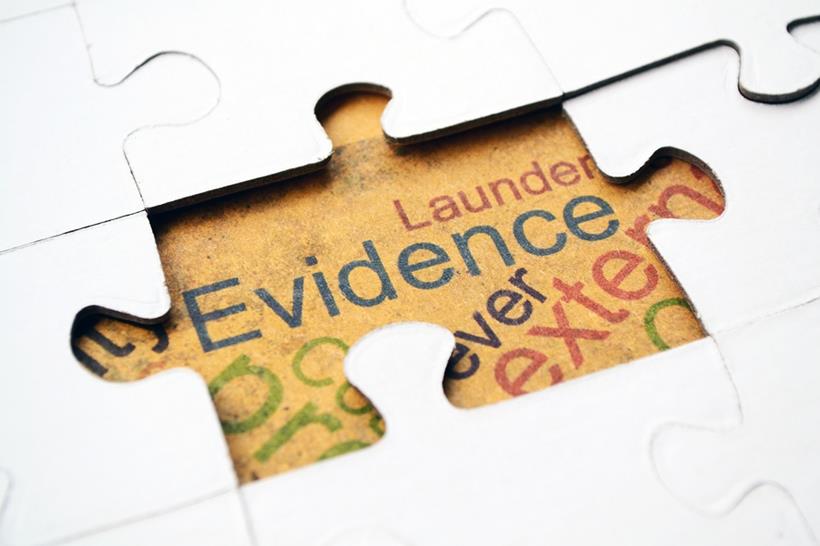
What managers and sponsors believe is crucial to the success of an EDRMS rollout. What they disbelieve can be fatal.
Research funded by RIM Professionals Australasia and conducted by Change Factory and Linked Training has shown that sponsors who disbelieve an EDRMS rollout will provide productivity gains led to a one hundred percent failure rate.
Managers and sponsors who disbelieved an EDRMS rollout will improve risk reduction also suffered very high failure rates. Even those who disbelieved it was about compliance had much high failure rates than the norm of 25%*.
What is also known from the study is that retrofitting elements of project design such as training, change management and communications strategy to a failing project is largely ineffective when compared with getting it right the first time.
The task for recordkeeping units is therefore to convert disbelieving sponsors and managers before the project builds any momentum. To take managers on the road to Damascus, so to speak.
There are several techniques to use to achieve this biblical feat.
Strength in numbers
It is tempting to try to avoid groupthink and deal with managers one by one. This is a mistake. Introducing concepts of recordkeeping and the functional benefits of the EDRMS is most effective in large groups; even up to forty managers in the one room. The facilitator can draw out the issues they have and fears they hold. These are then addressed not just by the facilitator, but by those managers who ‘get it’ and can sell the benefits in the organisation’s language. Using groups also allows for discussion on cross-organisation issues which can be improved by use of an EDRMS.
Do not make these sessions presentations. They must be interactive and engaging. They must be designed to make managers use the original information management device, their brain, to think about how to apply information management concepts and EDRMS functionality to their business processes. This approach results in managers ‘talking’ themselves through how their business will apply an EDRMS in their work processes.
It is important to have a skilled facilitator run these sessions. Do not try to run them yourself if you are not confident in your ability to facilitate large groups. Bring in a facilitator and play the EDRMS and records specialist support role yourself.
Set the scene
Generally when managers arrive at a session, many will have no clear idea why they are there, even if they have been informed, and the others will have divergent views. Set the scene for them from the beginning to set the boundaries on what is being covered. Any session must have a required objective, and you need to ensure you achieve that.
Generally, we want managers involved in making decisions about their records and about the use of the functionality of the EDRMS in their business. A strident manager can easily railroad a discussion down unproductive paths. Setting the scene is similar to the effect of having an agenda. It provides control over discussion without stifling it. Pulling back managers who have gone off topic is easier when the boundaries of the session are set first.
Scene setting may include:
- Evolution of record keeping in the organisation
- Productivity improvements available from using the functions of the software
- Responsibilities of end users and managers
- The goal of the implementation
- Policy
- Documented information management risks
- Audit results.
Role of end users and managers
Ensure managers understand that the rollout of an EDRMS is less about the technology and more about business decision making and business rules being applied to business processes. Information management starts with the input of information into a management system. The input comes from business processes which direct what information is put into a database (the EDRMS) which is governed by an information management framework.
Managers and users are not responsible for the framework and the database. They are responsible, however, for the business processes and the content which those business processes create. The purpose of your discussions with managers is to bring an understanding that it is not about technical skills. Instead they use their knowledge and business acumen to align their business processes to good information management practices and the functionality of the EDRMS.
Ensure that the managers are aware of their role in the life cycle of a record is limited to the creation and active stages of the life cycle. Make them aware the records unit has the responsibility from when the record become inactive to the eventual destruction of the record, relieving them of the risks associated with disposing of information.
Use continuum lines to dispel belief
A continuum line is a useful tool for gaining understanding of what managers and other stakeholders believe about:
- Current information management risks
- Beliefs and disbeliefs
- Assessments of EDRMS benefits.
The aim is to encourage discussion of a particular topic and provide feedback of the organisation wide viewpoint.
An example below is of two questions which might be posed about information management risk.
Use the right set of statements for your audience to facilitate the required outcomes, and structure the session to gain independent thought first ahead of a group illustration of the overall results.
One easy and valuable discussion from the output is where their greatest risks lie and what the consequences of those risks may be. Discuss the consequences of risk in contexts such as:
- Reputation
- Financial loss
- Health and safety and
- Loss of service.
Now that the audience is aware of the precarious state of their current information management practices it is easy to prove your case for EDRMS use. Demonstrate, using business examples provided by your audience, that EDRMS functionality coupled with business process alignment will reduce the likelihood of their risks substantially.
Our research and extensive experience has proven that getting managers to acknowledge the likelihood and consequences of their existing practices has a strong influence of turning disbelief into belief. Once you’ve gained the necessary belief, harness it by providing practical support to map business process to EDRMS use. You’ll now have a business that is interested in record management.
*Survey conducted by Change Factory and Linked Training published in IQ Magazine Vol. 27 Issue 4 November 2011: organisations implementing an EDRMS and completing training had a success rate of 75% and a failure rate of 25%







